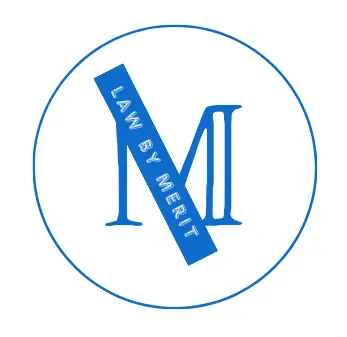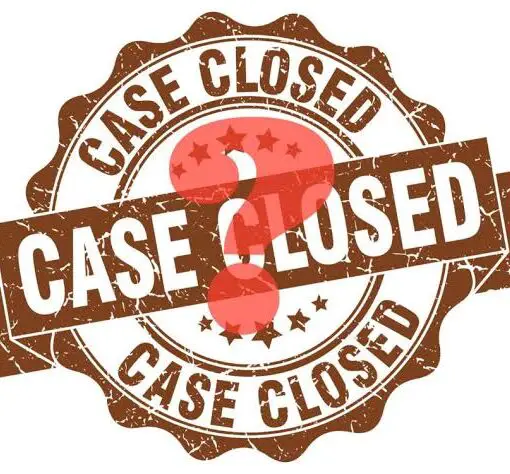In general, drawings themselves are not illegal. They are considered a form of expression protected by the First Amendment in the United States and similar laws in other democratic countries, which safeguard freedom of speech and artistic expression. However, there are exceptions and nuances to this general rule, which can lead to the illegality of certain drawings. Let’s explore these exceptions and provide a comprehensive understanding of the topic.
General Rule: Can Drawings Be Illegal?
Drawings, like other forms of art, are typically protected as a form of freedom of expression. This protection extends to a wide range of subjects and themes, including controversial or sensitive ones. This protection is rooted in the principle of freedom of speech and artistic expression, which is enshrined in various national and international legal frameworks. Let’s explore this rule more deeply:
1. Freedom of Expression as a Fundamental Right:
Freedom of expression is a cornerstone of democratic societies and is recognized as a fundamental human right. It allows individuals to articulate their thoughts, ideas, and creativity without censorship or government interference. This right is vital for the functioning of open, democratic societies, as it enables the free exchange of ideas and perspectives.
2. Protection of Artistic Expression:
Artistic expression is a subset of freedom of expression and includes various forms of creative works, including drawings, paintings, sculptures, literature, music, and more. Drawings, in particular, are a powerful means of conveying ideas, emotions, and commentary. They often serve as a reflection of society, culture, and individual perspectives.
3. Legal Frameworks for Protection:
The legal protection of artistic expression is articulated in national constitutions, laws, and international treaties. Here are some key legal foundations that support the general rule:
– United States: The First Amendment to the U.S. Constitution explicitly safeguards freedom of speech and artistic expression. It has been upheld in numerous Supreme Court cases, including those involving controversial art forms like music, film, and visual arts.
– European Convention on Human Rights (ECHR): Under Article 10 of the ECHR, the right to freedom of expression extends to artistic works, including drawings. The ECHR sets out a framework for balancing freedom of expression with other societal interests.
– Universal Declaration of Human Rights (UDHR): The UDHR, a foundational document in international human rights law, affirms the right to freedom of thought, conscience, and expression in Article 19. This includes the freedom to create and express through drawings.
Exceptions To The General Rule:
However, there are several exceptions and situations where drawings may be deemed illegal:
1. Obscenity:
Drawings that depict explicit sexual content, particularly involving minors, can be considered illegal under obscenity laws. These laws vary by jurisdiction but often rely on a three-pronged test that considers community standards, offensiveness, and lack of artistic, literary, or scientific value.
2. Child Pornography:
Even if a drawing does not involve real minors, it can still be illegal if it falls under child pornography laws. Some jurisdictions explicitly prohibit any form of explicit content involving minors, including drawings, as a measure to combat the sexual exploitation of children.
3. Incitement to Violence:
Drawings that incite violence, terrorism, or criminal activities may be subject to legal action. For instance, creating drawings that depict acts of terrorism or provide instructions on how to engage in criminal activities can be considered illegal due to the potential harm they can cause.
4. Hate Speech and Incitement to Discrimination:
Drawings that promote hate speech or incite discrimination against individuals or groups based on their race, religion, ethnicity, gender, or other protected characteristics may be illegal in many jurisdictions. Laws against hate speech vary widely, and what is considered illegal may differ from one place to another.
5. Copyright Infringement:
If a drawing is a direct copy or derivative work of someone else’s copyrighted material without permission, it can be subject to copyright infringement claims and legal actions.
6. Invasion of Privacy:
Some drawings can violate an individual’s privacy rights if they depict private information, images, or situations without consent. Laws regarding invasion of privacy can lead to legal consequences for such drawings.
7. National Security Concerns:
Drawings that involve sensitive military or national security information, such as detailed depictions of classified equipment or facilities, may be subject to legal action under national security laws.
8. Defamation:
Drawings that falsely portray individuals or entities in a negative or damaging light can be considered defamatory and may lead to legal actions for defamation.
It’s important to note that the legality of drawings can vary significantly depending on local laws and regulations, as well as the interpretation of these laws by courts. What might be considered illegal in one jurisdiction may be protected as free speech in another.
In conclusion, while drawings are generally protected as a form of artistic expression, there are exceptions that can render them illegal, such as when they involve obscenity, child pornography, incitement to violence, hate speech, copyright infringement, invasion of privacy, national security concerns, or defamation. The precise boundaries of legality often depend on the specific laws and regulations of the jurisdiction in question, as well as the context in which the drawings are created and shared. It’s crucial for artists to be aware of the legal frameworks that apply to their work to avoid unintentional legal consequences.
RELATED:
Is kissing a minor illegal? Here’s What You Need To Know
Is It Illegal To Leave A Note On Someone’s Car? (Answered)
I Got A Copyright Infringement Notice From ISP: Here’s Is What It Means
Frequently Asked Questions
1. Can Political Cartoons Or Satirical Drawings Be Considered Illegal?
Political cartoons and satirical drawings are generally protected as forms of political or social commentary in many democratic societies. They often criticize or mock public figures, governments, or policies. However, the legality can vary depending on the specific content and local laws. While satire is typically protected as free speech, drawings that incite violence or promote hate speech, even in a satirical context, may cross legal boundaries. The key factor is whether the drawing incites harm or poses a genuine threat.
2. Are There Age Restrictions On Creating Or Possessing Certain Types Of Drawings, Such As Explicit Content?
Age restrictions on creating or possessing explicit drawings vary by jurisdiction. Some places have strict laws that prohibit minors from creating, possessing, or distributing explicit content, even in the form of drawings. These laws aim to protect minors from exposure to harmful material. It’s essential for individuals, especially parents and guardians, to be aware of the laws in their area to ensure compliance.
3. Can Drawings That Depict Fictional Violence Or Gore Be Considered Illegal?
Drawings that depict fictional violence or gore are generally protected as artistic expression unless they cross into explicit, gratuitous, or harmful content. The determination of legality often depends on the context and intent behind the drawings. If they are created for artistic or storytelling purposes, they are less likely to be deemed illegal. However, if they are intended to incite violence or harm, they may face legal consequences, especially if they violate obscenity or incitement laws.
4. What about drawings that parody or reference copyrighted material? Are they legal?
Drawings that parody or reference copyrighted material can be legal under the principle of fair use in some jurisdictions. Fair use allows limited use of copyrighted material without permission from the copyright holder, typically for purposes such as commentary, criticism, or parody. However, the application of fair use can be complex and is determined on a case-by-case basis. Factors like the purpose and character of the use, the amount and substantiality of the copyrighted material used, and the potential market impact are considered. Parodies that transform the original material for comedic or critical purposes are more likely to be protected.
5. Do online platforms have the right to censor or remove drawings they deem offensive or inappropriate?
Online platforms often have terms of service that grant them the right to remove content they consider offensive or inappropriate. These policies are typically outlined in their user agreements. While this is not a legal issue, it raises questions about free speech and content moderation. Platforms aim to create safe and inclusive environments, but this can sometimes lead to controversies over censorship. Users should review and understand platform policies, and if they feel their content was unfairly removed, they can appeal or seek legal advice.
In summary, the legality of drawings is influenced by various factors, including content, intent, local laws, and the context in which the drawings are created and shared. While some drawings are protected as forms of artistic expression, others may cross legal boundaries when they involve explicit content, incitement, hate speech, or other harmful elements. It’s crucial for individuals to be aware of the specific laws and regulations in their jurisdiction and to exercise responsible and ethical judgment when creating and sharing drawings.
Last updated on: April 11, 2024




